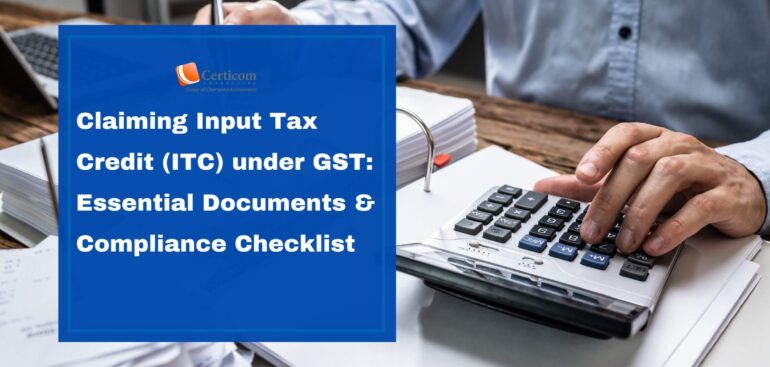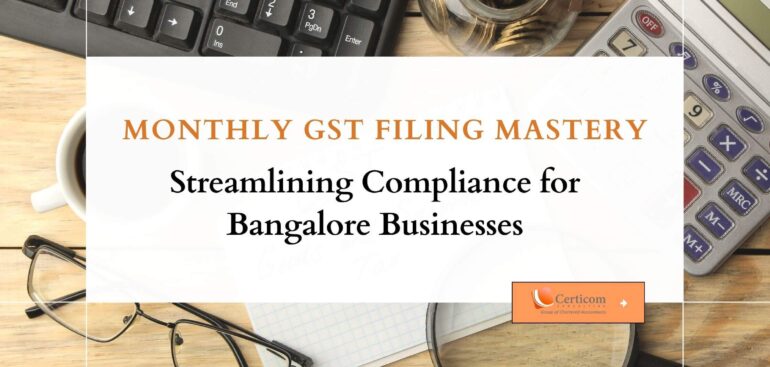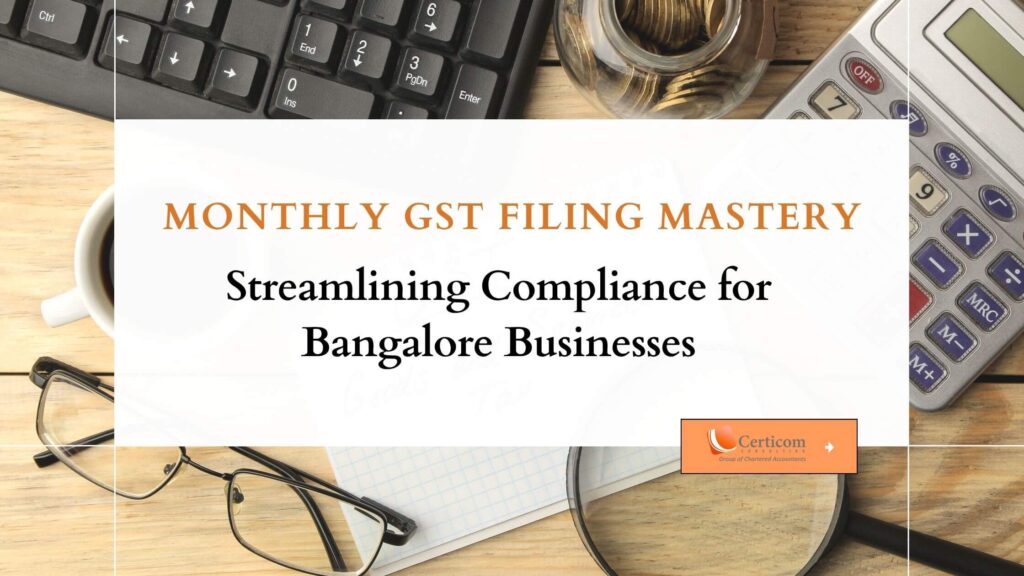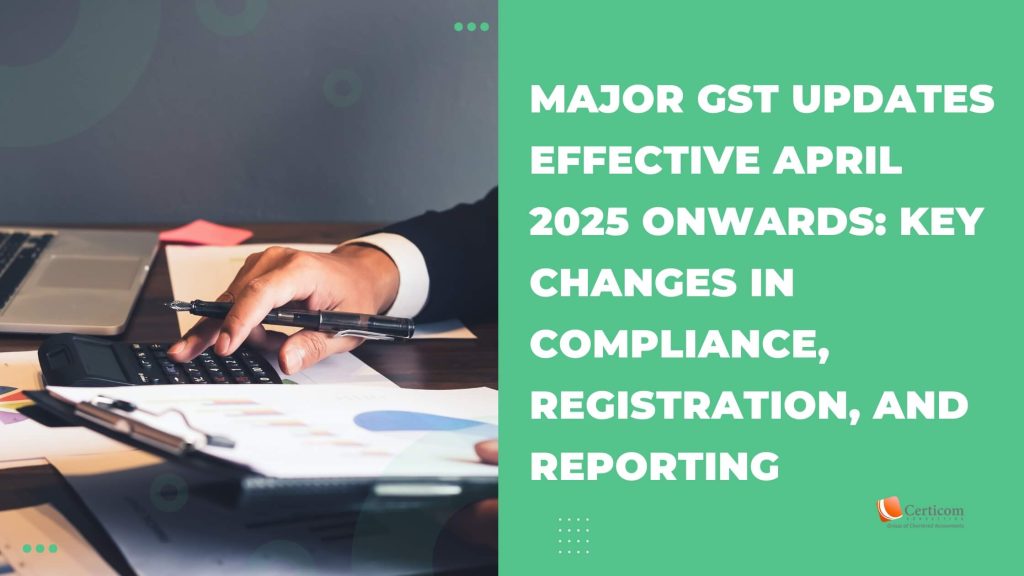Claiming Input Tax Credit (ITC) under GST: Essential Documents and Compliance Checklist
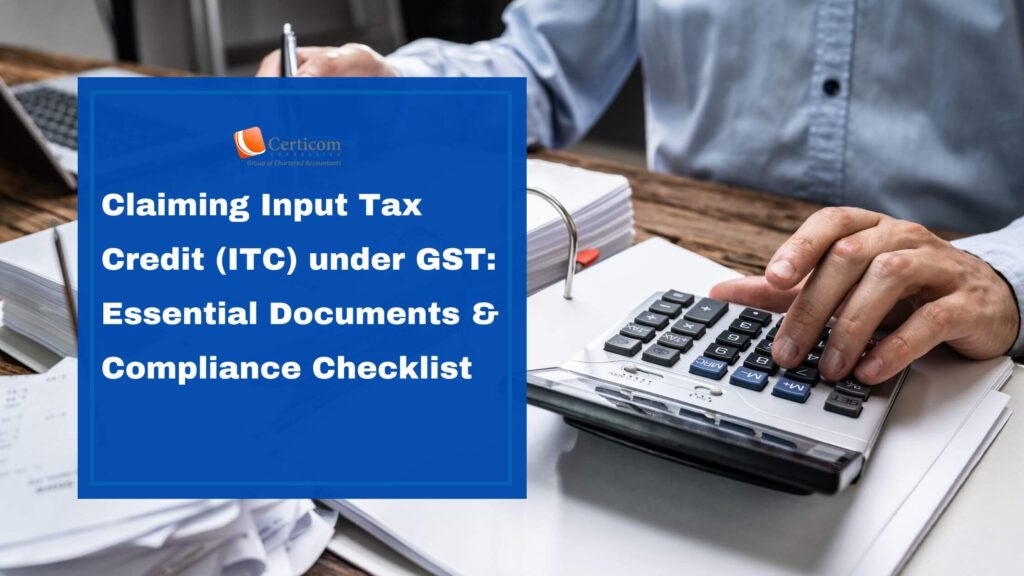
Input Tax Credit (ITC) is a cornerstone of India’s Goods and Services Tax (GST) regime. It enables registered businesses to offset the tax paid on purchases and business-related expenses against their GST liability on outward supplies. However, ITC is not an automatic benefit—it is subject to stringent conditions and documentation requirements.
1. Mandatory Conditions for Availing ITC
Under Section 16 of the CGST Act, 2017, a registered taxpayer, including an Input Service Distributor (ISD), can claim ITC only when all the following conditions are met:
a) Possession of Valid Tax Invoice or Debit Note
The taxpayer must possess a valid tax invoice or debit note issued by a registered supplier. The document should meet all GST compliance norms, including:
Supplier’s name, address, and GSTIN
Invoice number and date
Recipient’s name, address, and GSTIN (if registered)
HSN/SAC code for goods/services
Description, quantity, and value of goods/services
GST amount charged (CGST/SGST/IGST)
Note: Invoices that are incorrect, missing, or mismatched may lead to ITC denial or reversal.

b) Actual Receipt of Goods or Services
As per Section 16(2)(b), ITC can be claimed only when the goods or services have been received. In case of partial delivery or goods received in installments, ITC is allowed only after the last lot is delivered.
c) Tax Must Be Paid to the Government
According to Section 16(2)(c), the supplier must have paid the GST amount to the government, either:
In cash, or
By utilizing their available input tax credit under Section 41
This ensures that ITC is supported by actual tax remittance.
Important Update – Section 16(2)(aa):
Introduced via the Finance Act, 2021 and effective from January 1, 2022, this section mandates that ITC can be availed only if:
The supplier has reported the invoice in GSTR-1, and
The invoice appears in the recipient’s GSTR-2B
This provision tightens ITC eligibility by linking it directly to supplier compliance.
d) Timely Filing of GST Returns
Per Section 16(2)(d), the recipient must have filed valid returns under Section 39 (GSTR-3B). ITC cannot be claimed unless the return for the relevant tax period has been filed.
2. Acceptable Documents for Claiming ITC
Rule 36 of the CGST Rules, 2017 outlines the list of acceptable documents for claiming ITC:
Tax Invoice issued under Section 31
Debit Note from the supplier
Bill of Entry or similar customs documents for imports
Invoice issued by ISD for distributed input services
Invoice or Credit Note issued by the recipient under reverse charge
Clarification – Circular No. 123/42/2019-GST
Minor discrepancies in invoice details (like address or HSN code) will not result in ITC denial, provided that:
The GSTIN, invoice number, and tax amount are correct
The transaction’s genuineness is not in doubt

3. Time Limit for Claiming ITC
As per Section 16(4) of the CGST Act (amended by the Finance Act, 2022), ITC must be claimed before the earlier of:
30th November of the following financial year, or
The date of filing the annual return (GSTR-9)
This change extends the previous deadline (which was the due date of the September return) and offers businesses a slightly wider window for reconciliation.
Read More: Monthly GST Filing Mastery: Streamlining Compliance for Bangalore Businesses
Conclusion
To safeguard ITC eligibility and avoid reversal or penalties, businesses should adopt the following best practices:
✅ Maintain GST-compliant invoices and debit notes
✅ Ensure suppliers have filed GSTR-1 and paid the GST
✅ Reconcile purchase data with GSTR-2B regularly
✅ File accurate and timely GSTR-3B returns
Proper documentation and diligent compliance are essential to fully benefit from Input Tax Credit under GST. Any lapse could result in denial of credit, interest liabilities, and penalties—making ITC management a high-priority area in GST compliance.
Related Post
Resident’s Guide to Buying NRI Property in India
Flipkart ESOP Compensation: ₹11 Crore Payout – Salary or Capital Receipt?
Form 16: Key to Accurate ITR Filing
Book A One To One Consultation Now For FREE
How can we help? *


